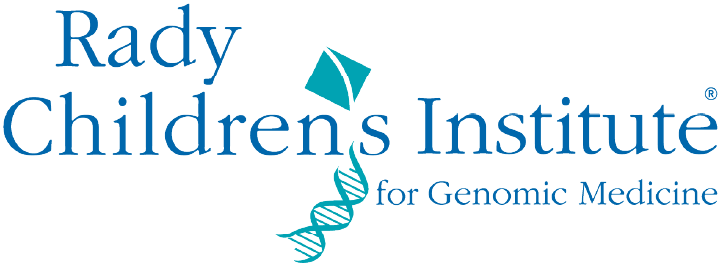NPJ Digit Med. 2025 Jan 30;8(1):72. doi: 10.1038/s41746-025-01458-9.
ABSTRACT
The Mendelian Phenotype Search Engine (MPSE), a clinical decision support tool using Natural Language Processing and Machine Learning, helped neonatologists expedite decisions to whole genome sequencing (WGS) to diagnose patients in the neonatal intensive care unit. After the MPSE was introduced, utilization of WGS increased, time to ordering WGS decreased, and WGS diagnostic yield increased.
PMID:39885315 | DOI:10.1038/s41746-025-01458-9


